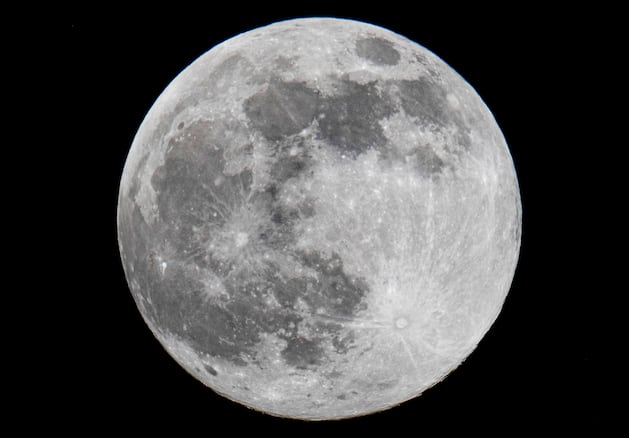The time in Alaska, Paris or Ouagadougou? A look at the smartphone is enough. But what do the clocks on the moon say? Scientists discuss it – without agreement, chaos soon threatens on the planet’s moon.
A coffee date at 3:30 p.m. at Lunar Base 32, i.e. on the moon. Such a meeting could not happen at the moment. Not only because coffee is not currently being served on the moon and there is no base 32. But above all because there is no official lunar time. However, various expeditions and the colonization of the celestial body in the coming decade will depend on spending time together in order to be able to orientate oneself and cooperate better.
According to an article in the journal “Nature”, scientists worldwide are discussing how the clocks on the moon should tick in the future. International researchers met accordingly to exchange solutions to the topic in November in the Netherlands. They must come to an agreement in the coming years to prevent time chaos on the moon.
So far, it has been the case that lunar expeditions are based on the coordinated universal time UTC, but are not synchronized with each other. With a previously manageable number of spaceships and missions on and around the moon, this was not a major problem.
However, with the planned construction of permanent bases on the satellite, which will lead to a significant increase in people and vehicles there, a new approach is needed.
Scientists such as Jörg Hahn, an expert at the European Space Agency Esa, therefore see the need for a common moon time in order to make cooperation and communication possible: “All of this must be traced back to a kind of time reference, otherwise chaos reigns and things don’t fit together,” says Hahn to “Nature”.
This is particularly important in order to be able to determine positions on the moon using a GPS-like technique. The coordinates of a person or a vehicle are displayed in conjunction with three satellites. The time it takes for the signals from each of the satellites to reach that point gives the position. The basic requirement for this is a universally valid time.
On the moon, however, there are some pitfalls: First of all, according to the theory of relativity, the clocks tick a little faster there. Because the Moon has a weaker gravitational field than Earth, Nasa scientist Cheryl Gramling estimates that time runs 56 microseconds – 56 millionths of a second – faster there in every 24 hour period. And even that tiny shift can make a big difference when it comes to location and communication.
On this basis, there are several ways of determining the new moon time: The time measured by several atomic clocks on the celestial body could be adjusted to the coordinated world time at regular intervals, so that the earth and moon are synchronized. But it would also be possible to let the minimally faster running time on the moon continue independently and to show the growing difference to coordinated universal time.
According to “Nature”, independent times could make sense, especially with a view to the future colonization of other celestial bodies, for which a temporal synchronization with Earth would be logistically more difficult.
Another question that arises is whether regions of the moon should be divided into different time zones like on Earth. In any case, it is probable that the 24-hour system on Earth will also remain important for people in space, one of the reasons being the natural sleep rhythm – on the moon it lasts an average of 29.5 days from noon to noon.















